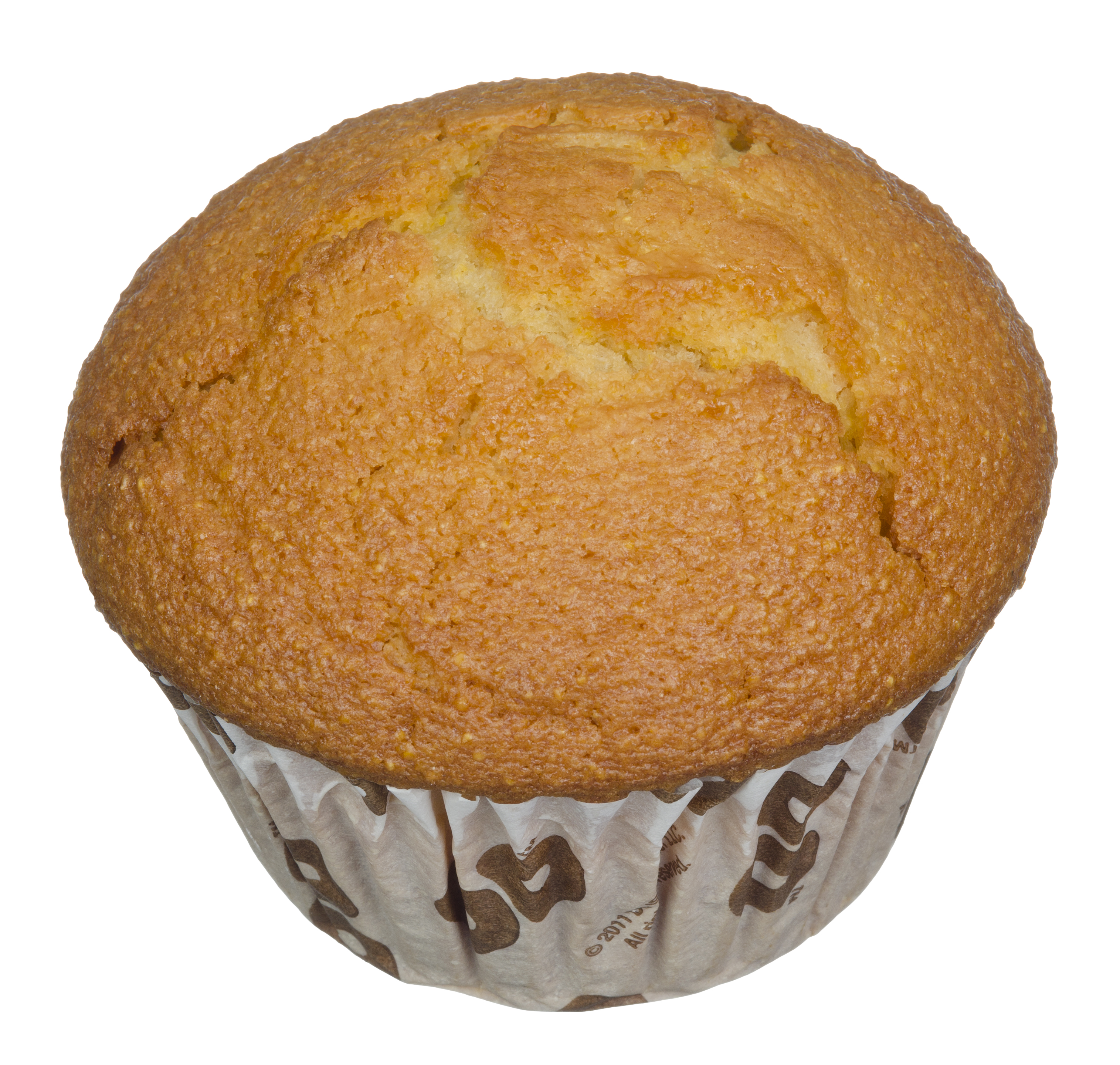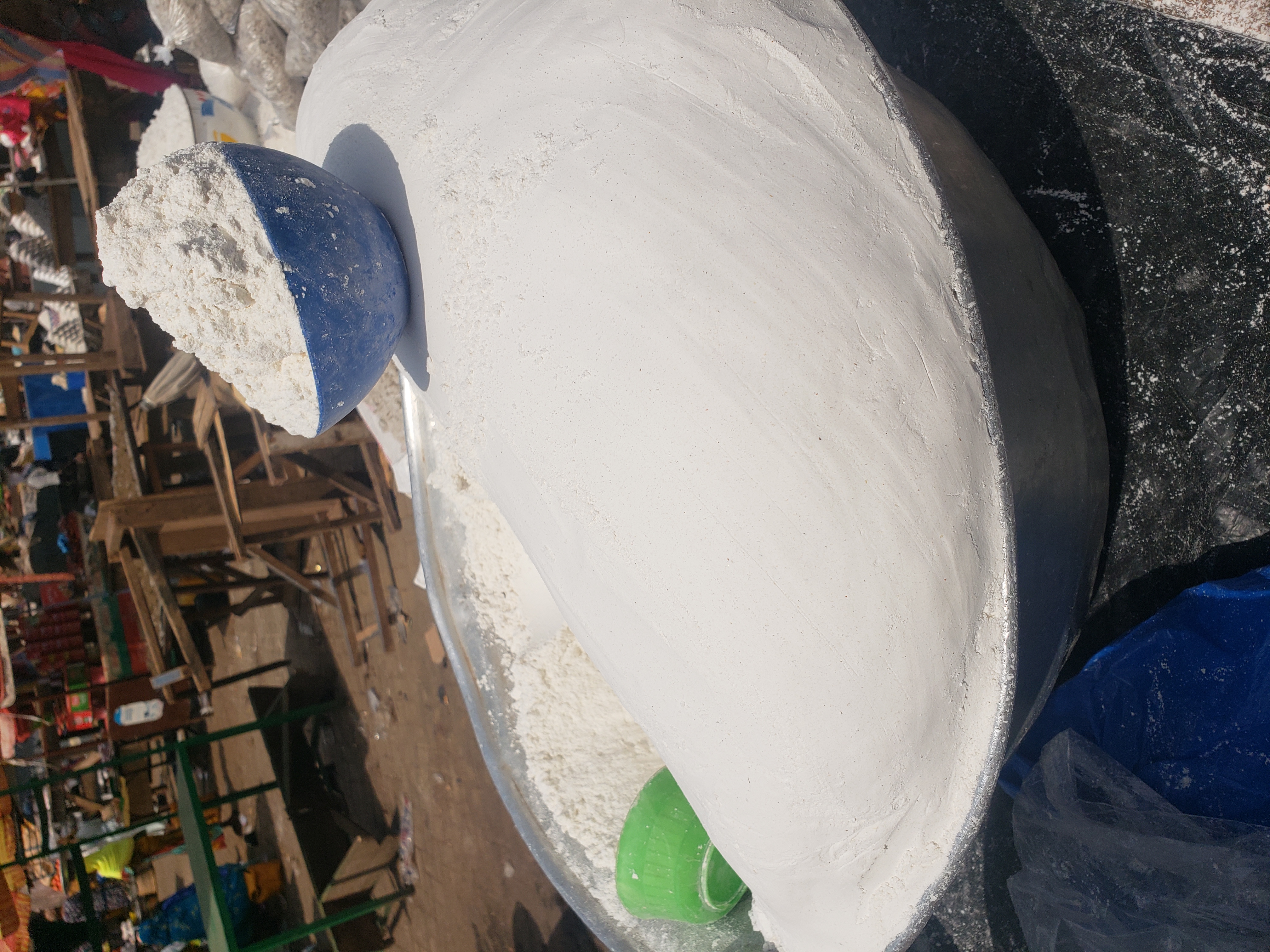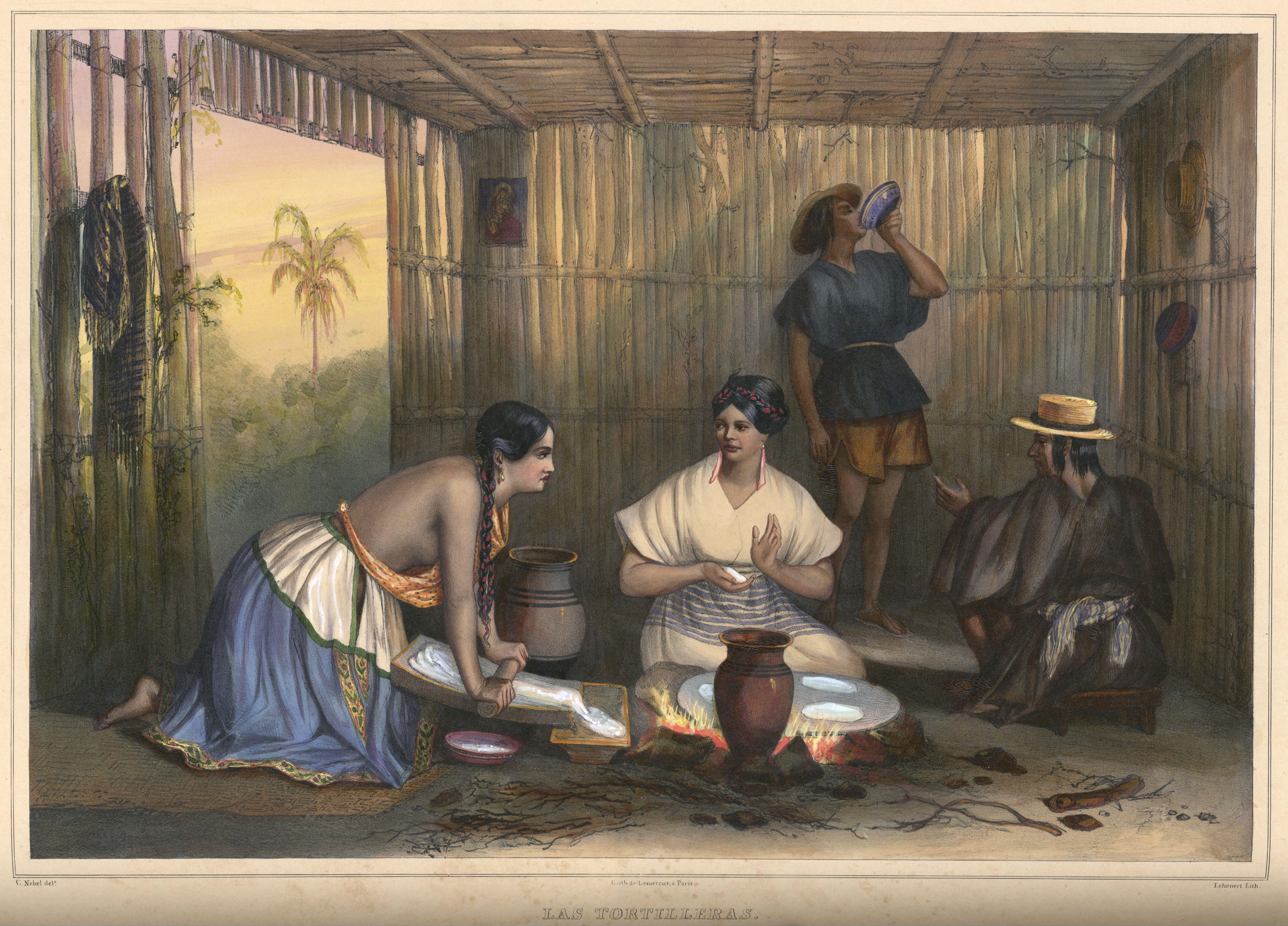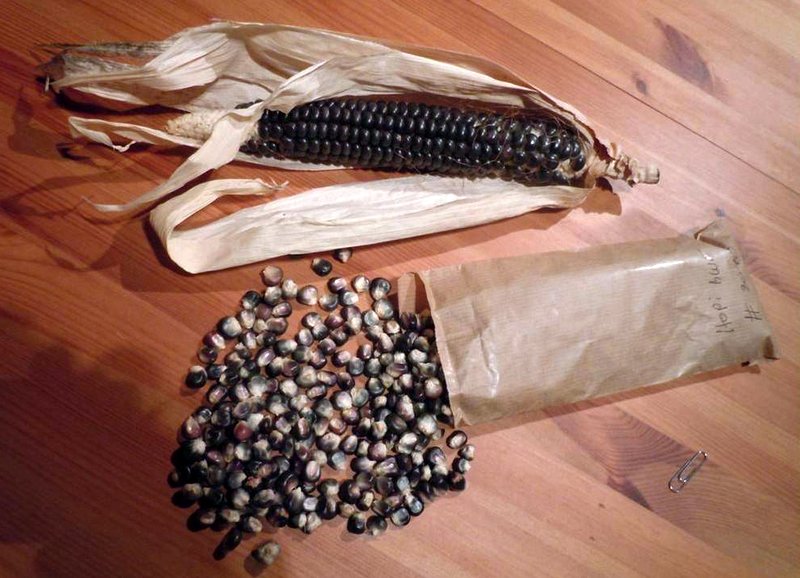|
Cornmeal
Maize meal is a meal (coarse flour) ground from dried maize. It is a common staple food and is ground to coarse, medium, and fine consistencies, but it is not as fine as wheat flour can be.Herbst, Sharon, ''Food Lover's Companion'', Third Edition, Pg. 165, Barrons Educational Series Inc, 2001 In Mexico and Louisiana, very finely ground cornmeal is referred to as corn flour. When fine cornmeal is made from maize that has been soaked in an alkaline solution, e.g., limewater (a process known as nixtamalization), it is called masa harina (or masa flour), which is used for making arepas, tamales, and tortillas. Boiled cornmeal is called polenta in Italy and is also a traditional dish and bread substitute in Romania. Types There are various types of cornmeal: *''Blue cornmeal'' is light blue or violet in color. It is ground from whole blue corn and has a sweet flavor. The cornmeal consists of dried corn kernels that have been ground into a fine or medium texture. *''Steel-gro ... [...More Info...] [...Related Items...] OR: [Wikipedia] [Google] [Baidu] |
Cornbread
Cornbread is a quick bread made with cornmeal, associated with the cuisine of the Southern United States, with origins in Native American cuisine. It is an example of batter bread. Dumplings and pancakes made with finely ground cornmeal are staple foods of the Hopi people in Arizona. The Hidatsa people of the Upper Midwest call baked cornbread ''naktsi'', while the Choctaw people of the Southeast call it ''bvnaha''. The Cherokee and Seneca people, Seneca tribes enrich the basic batter, adding chestnuts, sunflower seeds, apples, or berries, and sometimes combine it with beans or potatoes. Modern versions of cornbread are usually Leavening agent, leavened by baking powder. History Indigenous peoples of the Americas, Native people in the Americas began using corn (maize) and ground corn as food thousands of years before Europeans arrived in the New World. First domesticated in Mexico around six thousand years ago, corn was introduced to what is now the United States between three ... [...More Info...] [...Related Items...] OR: [Wikipedia] [Google] [Baidu] |
Tamale
A tamale, in Spanish language, Spanish , is a traditional Mesoamerican dish made of ''masa'', a dough made from nixtamalization, nixtamalized maize, corn, which is steaming, steamed in a corn husk or Banana leaf, banana leaves. The wrapping can either be discarded prior to eating or used as a plate. Tamales can be filled with meats, cheeses, fruits, vegetables, herbs, chili pepper, chilies, or any preparation according to taste, and both the filling and the cooking liquid may be seasoned. ''Tamale'' is an Anglicisation, anglicized version of the Spanish word (plural: ). comes from the Nahuatl . The English "tamale" is a back-formation from , with English speakers applying English pluralization rules, and thus interpreting the ''-e-'' as part of the Word stem, stem, rather than part of the plural suffix ''-es''. Origin Tamales originated in Mesoamerica as early as 8000 to 5000 BC. The preparation of tamales is likely to have spread from the indigenous cultures in Mesoa ... [...More Info...] [...Related Items...] OR: [Wikipedia] [Google] [Baidu] |
Polenta
Polenta (, ) is an Italian cuisine, Italian dish of boiled cornmeal that was historically made from other grains. It may be allowed to cool and solidify into a loaf that can be baked, fried or Grilling, grilled. The variety of cereal used is usually yellow maize, but often buckwheat, white maize or mixtures thereof may be used. Coarse grinds make a firm, coarse polenta; finer grinds make a soft, creamy polenta. Polenta is a staple of both northern and, to a lesser extent, central Italian, Swiss Italian, southern French, Slovenian, Romanian and, due to Italian migrants, Brazilian and Argentinian cuisine. It is often mistaken for the Slovene-Croatian food named ''žganci''. Its consumption was traditionally associated with lower classes, as in times past Mush (cornmeal), cornmeal mush was an essential food in their everyday nutrition. Etymology Polenta covered any Husk, hulled and crushed grain, especially Barley, barley-meal. It is derived from the Latin ''pollen'' for 'fine ... [...More Info...] [...Related Items...] OR: [Wikipedia] [Google] [Baidu] |
Maize
Maize (; ''Zea mays''), also known as corn in North American English, is a tall stout grass that produces cereal grain. It was domesticated by indigenous peoples in southern Mexico about 9,000 years ago from wild teosinte. Native Americans planted it alongside beans and squashes in the Three Sisters polyculture. The leafy stalk of the plant gives rise to male inflorescences or tassels which produce pollen, and female inflorescences called ears. The ears yield grain, known as kernels or seeds. In modern commercial varieties, these are usually yellow or white; other varieties can be of many colors. Maize relies on humans for its propagation. Since the Columbian exchange, it has become a staple food in many parts of the world, with the total production of maize surpassing that of wheat and rice. Much maize is used for animal feed, whether as grain or as the whole plant, which can either be baled or made into the more palatable silage. Sugar-rich varieties called sw ... [...More Info...] [...Related Items...] OR: [Wikipedia] [Google] [Baidu] |
Cou-cou
Cou-cou, coo-coo (as it is known in the Windward Islands), or fungee (as it is known in the Leeward Islands and Dominica), makes up part of the national dishes of Antigua and Barbuda, Barbados, British Virgin Islands and the U.S. Virgin Islands. It consists mainly of cornmeal (corn flour) and okra (ochroes). Cornmeal, which comes readily packaged and is available at supermarkets islandwide, and okra, which can be found at supermarkets, vegetable markets and home gardens, are very inexpensive ingredients. Because these main components are inexpensive, the dish became common for many residents in Barbados' early colonial history. In Angola, a similar meal is made with yellow or white cornmeal and called 'funge' and in Ghana, a similar meal of fermented corn or maize flour eaten with okra stew and fish is known as ''banku'', a favourite dish of the Ga tribe in Accra. A cooking utensil called a 'cou-cou stick', or 'fungee stick', is a type of spurtle used in its preparation. A cou- ... [...More Info...] [...Related Items...] OR: [Wikipedia] [Google] [Baidu] |
Maize Flour
Maize flour or corn flour is a flour ground from dried maize (corn).Herbst, Sharon, ''Food Lover's Companion'', Third Edition, Pg. 165, Barrons Educational Series Inc, 2001 It is a common staple food, and is Mill (grinding), ground to coarse, medium, and fine consistencies. Coarsely ground corn flour (meal) is known as cornmeal. When maize flour is made from maize that has been soaked in an alkaline solution, e.g., limewater (a process known as nixtamalization), it is called masa harina (or masa flour), which is used for making tamales and tortillas. Arepas are typically made from corn flour that has not been nixtamalized. See also * Semolina * List of maize dishes References {{Portal bar, Food Flour Maize products, Flour ... [...More Info...] [...Related Items...] OR: [Wikipedia] [Google] [Baidu] |
Arepa
''Arepa'' () is a type of flatbread made of ground maize dough stuffed with a filling, eaten in northern parts of South America since pre-Columbian times, and notable primarily in the cuisine of Colombia and Venezuela, but also present in Bolivia, Ecuador, and Central America. Arepa is commonly eaten in those countries and can be served with accompaniments, such as cheese, '' cuajada'' (fresh cheese), various types of meat, avocado, or (deviled ham spread). It can also be split to make sandwiches. Sizes, maize types, and added ingredients vary based on preparation. It is similar to the Mexican '' gordita,'' the Salvadoran '' pupusa'', the Ecuadorian , and the Panamanian or . Origins The is a pre-Columbian dish from the area that is now Colombia, Panama and Venezuela. Instruments used to make flour for the , and the clay slabs on which they were cooked, were often found at archaeological sites in the area. Although it has not been specified in which country an ' was cooked ... [...More Info...] [...Related Items...] OR: [Wikipedia] [Google] [Baidu] |
Mush (cornmeal)
Mush is a type of cornmeal pudding (or porridge) which is usually boiled in water or milk. It is often allowed to set, or gel into a semisolid, then cut into flat squares or rectangles, and pan fried. Cornmeal mush is especially popular amongst Amish people as well as in parts of the Midwestern United States. In Eastern Europe, milk is poured over the meal once served and cooled down, rather than being boiled in it. Cornmeal mush is often consumed in Latin America and Africa. See also * Cornbread * Grits * Gruel * Hasty pudding * Hominy * Hushpuppy * Johnnycake * List of maize dishes * List of porridges * Mămăligă * Milho frito * Polenta Polenta (, ) is an Italian cuisine, Italian dish of boiled cornmeal that was historically made from other grains. It may be allowed to cool and solidify into a loaf that can be baked, fried or Grilling, grilled. The variety of cereal used is ... * Pudding corn * Samp * Ugali References * * * Cuisine of the So ... [...More Info...] [...Related Items...] OR: [Wikipedia] [Google] [Baidu] |
Nixtamalization
Nixtamalization ( ) is a process for the preparation of maize (corn), or other cereal grain, grain, in which the grain is soaked and cooking, cooked in an alkaline solution, usually limewater (but sometimes aqueous alkali metal carbonates), washed, and then hulling, hulled. The term can also refer to the removal via an alkali process of the pericarp from other grains such as sorghum. Nixtamalized corn has several benefits over unprocessed grain: It is more easily ground, its nutritional value is increased, Flavor (taste), flavor and aroma are improved, and mycotoxins are reduced by up to 97–100% (for aflatoxin, aflatoxins). Lime and ash are highly alkaline: the alkalinity helps the dissolution of hemicellulose, the major glue-like component of the maize cell walls, and loosens the hulls from the kernels and softens the maize. The tryptophan in corn proteins is made more available for human absorption, thus helping to prevent niacin deficiency (pellagra). Tryptophan is the ... [...More Info...] [...Related Items...] OR: [Wikipedia] [Google] [Baidu] |
Flour
Flour is a powder made by Mill (grinding), grinding raw grains, List of root vegetables, roots, beans, Nut (fruit), nuts, or seeds. Flours are used to make many different foods. Cereal flour, particularly wheat flour, is the main ingredient of bread, which is a staple food for many cultures. Maize flour, Corn flour has been important in Mesoamerican cuisine since ancient times and remains a staple in the Americas. Rye flour is a constituent of bread in both Central Europe and Northern Europe. Cereal flour consists either of the endosperm, cereal germ, germ, and bran together (whole-grain flour) or of the endosperm alone (refined flour). ''Meal'' is either differentiable from flour as having slightly coarser particle size (degree of comminution) or is synonymous with flour; the word is used both ways. The Centers for Disease Control and Prevention, CDC has cautioned not to eat raw flour doughs or batters. Raw flour can contain harmful bacteria such as ''E. coli'' and needs ... [...More Info...] [...Related Items...] OR: [Wikipedia] [Google] [Baidu] |
Curaçao
Curaçao, officially the Country of Curaçao, is a constituent island country within the Kingdom of the Netherlands, located in the southern Caribbean Sea (specifically the Dutch Caribbean region), about north of Venezuela. Curaçao includes the main island of Curaçao and the much smaller, uninhabited island of Klein Curaçao ("Little Curaçao"). Curaçao has a population of 158,665 (January 2019 estimate), with an area of ; its capital is Willemstad. Together with Aruba and Bonaire, Curaçao forms the ABC islands (Leeward Antilles), ABC islands. Collectively, Curaçao, Aruba, and other Dutch islands in the Caribbean are often called the Dutch Caribbean. It is the largest of the ABC islands in terms of area, as well as in terms of population, and is the largest in the Dutch Caribbean. The island's name "Curaçao" may originate from the indigenous autonym of its people; this idea is supported by early Spanish accounts referring to the inhabitants as Indios Curaçaos. Curaç ... [...More Info...] [...Related Items...] OR: [Wikipedia] [Google] [Baidu] |
Blue Corn
Blue corn (also known as Hopi maize, Yoeme Blue, Tarahumara Maiz Azul, and Rio Grande Blue) is a group of several closely related varieties of flint corn grown in Mexico, the Southwestern United States, and the Southeastern United States. It is one of the main types of corn used for the traditional Southern and Central Mexican food known as tlacoyo. It was originally developed by the Hopi, the Pueblo Indians of the Rio Grande in Arizona, and several Southeastern tribes, including the Cherokee. It remains an essential part of Hopi dishes like piki bread. Blue corn meal is a corn meal that is ground from whole blue corn and has a sweet flavor. It is also a staple of New Mexican cuisine used commonly to make tortillas. Blue corn contains anthocyanins, which give the corn its blue color. Varieties Five Hopi blue corn cultivars identified in the 1950s showed significant differences for several traits, such as plant height, kernel weight, width of kernel, and thickness of kern ... [...More Info...] [...Related Items...] OR: [Wikipedia] [Google] [Baidu] |









